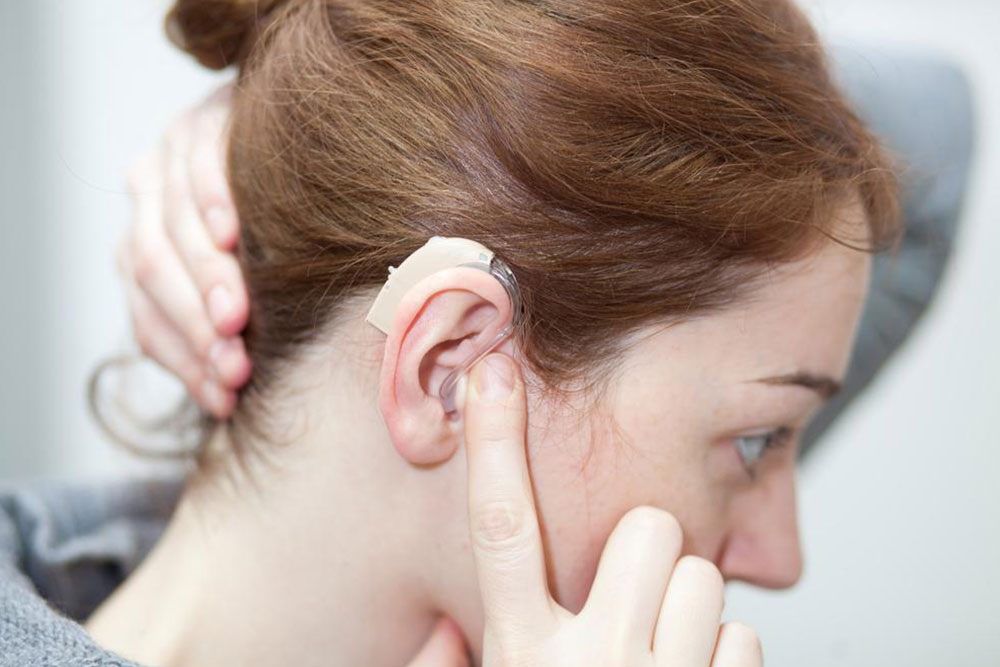Comprehensive Guide to the Three Main Types of Hearing Loss and Treatment Options
This comprehensive article delves into the three main types of hearing impairment: sensorineural, conductive, and mixed hearing loss. It explains their causes, symptoms, and effective treatment options like hearing aids and surgical procedures. Emphasizing early detection and proactive care, the article aims to raise awareness about hearing health, helping individuals understand and manage their auditory health better. Whether caused by aging, noise exposure, or injury, understanding these types is essential for effective intervention and improved quality of life.

Comprehensive Guide to the Three Main Types of Hearing Loss and Treatment Options
Hearing loss, whether partial or complete, has a profound impact on a person's daily life, communication, and overall well-being. It can manifest in various degrees, from mild difficulty following conversations in noisy environments to complete deafness requiring alternative communication methods like lip-reading or sign language. Understanding the different types of hearing impairment is crucial for early diagnosis, effective treatment, and improving quality of life. The three primary categories of hearing loss are sensorineural, conductive, and mixed hearing loss. In this article, we will delve into each type, explore their causes, symptoms, available treatments, and preventative measures to foster better awareness and health outcomes.
Sensorineural Hearing Loss: The Most Common Type
Sensorineural hearing loss (SNHL) is by far the most prevalent form of hearing impairment worldwide. It is often permanent and results from damage to the delicate hair cells within the inner ear (cochlea) or the auditory nerve (cochlear nerve). The inner ear's hair cells are responsible for converting sound waves into electrical signals that are transmitted to the brain via the auditory nerve. When these hair cells or the nerve itself are damaged, the quality and clarity of sound transmission diminish, leading to various degrees of hearing loss.
This form of hearing loss often occurs gradually and can affect individuals of all ages, though it becomes more common with aging. It can also be caused by factors such as prolonged exposure to loud noises, genetic predispositions, certain medications that are ototoxic, and illnesses that impact the inner ear structures.
Causes: Age-related hearing loss (presbycusis), exposure to loud noises (industrial or recreational), trauma, genetic factors, illnesses such as meningitis, mumps, or Meniere's disease, and side effects of medications like chemotherapy drugs or high-dose antibiotics.
Treatment: While damaged hair cells in the inner ear are generally irreparable, solutions like hearing aids or cochlear implants can significantly improve hearing ability. Hearing aids amplify sounds to make them more perceptible, while cochlear implants bypass damaged hair cells to directly stimulate the auditory nerve. Early diagnosis and intervention are key to minimizing communication difficulties and maintaining social interactions.
Conductive Hearing Loss: When Sound Transmission Is Blocked
Conductive hearing loss (CHL) occurs when there is a mechanical blockage or injury to the outer or middle ear structures that impairs sound transmission to the inner ear. Unlike sensorineural loss, this type is often temporary and more responsive to medical treatment. It can result in muffled sounds or reduced volume, but in many cases, hearing can be restored entirely or partially.
Causes: Common causes include earwax impaction, ear infections (otitis media), structural deformities of the outer or middle ear, perforated eardrum, fluid buildup, Eustachian tube dysfunction, or abnormal growths like cholesteatomas. Damage or malformation of the ossicles (tiny bones in the middle ear) can also lead to conductive hearing issues.
Treatment: Many cases respond well to medical interventions such as removal of impacted earwax, antibiotics for infections, or surgical procedures to repair perforated eardrums or ossicular chain reconstruction. Hearing aids may also be used if structural problems are corrected but hearing loss persists.
Mixed Hearing Loss: A Combination of Both Worlds
Mixed hearing loss involves both sensorineural and conductive components simultaneously. It is often the result of one type of impairment developing alongside or progressing from the other, frequently due to trauma or long-standing health issues. This combined impairment complicates diagnosis and treatment but tailored approaches can effectively address both aspects.
Causes: Commonly caused by trauma, chronic ear infections, or diseases that affect both the outer/middle ear and inner ear. It can also develop over time after an initial conductive loss when aging or other factors impact the inner ear or auditory nerve.
Treatment: Managing mixed hearing loss depends on which component is more dominant. Surgical options may repair structural damages, while hearing aids or cochlear implants can compensate for sensorineural deficits. A multidisciplinary approach often yields the best outcomes, improving hearing functionality and communication abilities.
By recognizing the signs and understanding the different types of hearing loss, individuals can seek timely medical attention. Regular hearing assessments and protective measures, such as avoiding excessive noise exposure, are vital for maintaining auditory health. With advancing technology and medical care, many forms of hearing impairment are manageable, enhancing quality of life for those affected.





